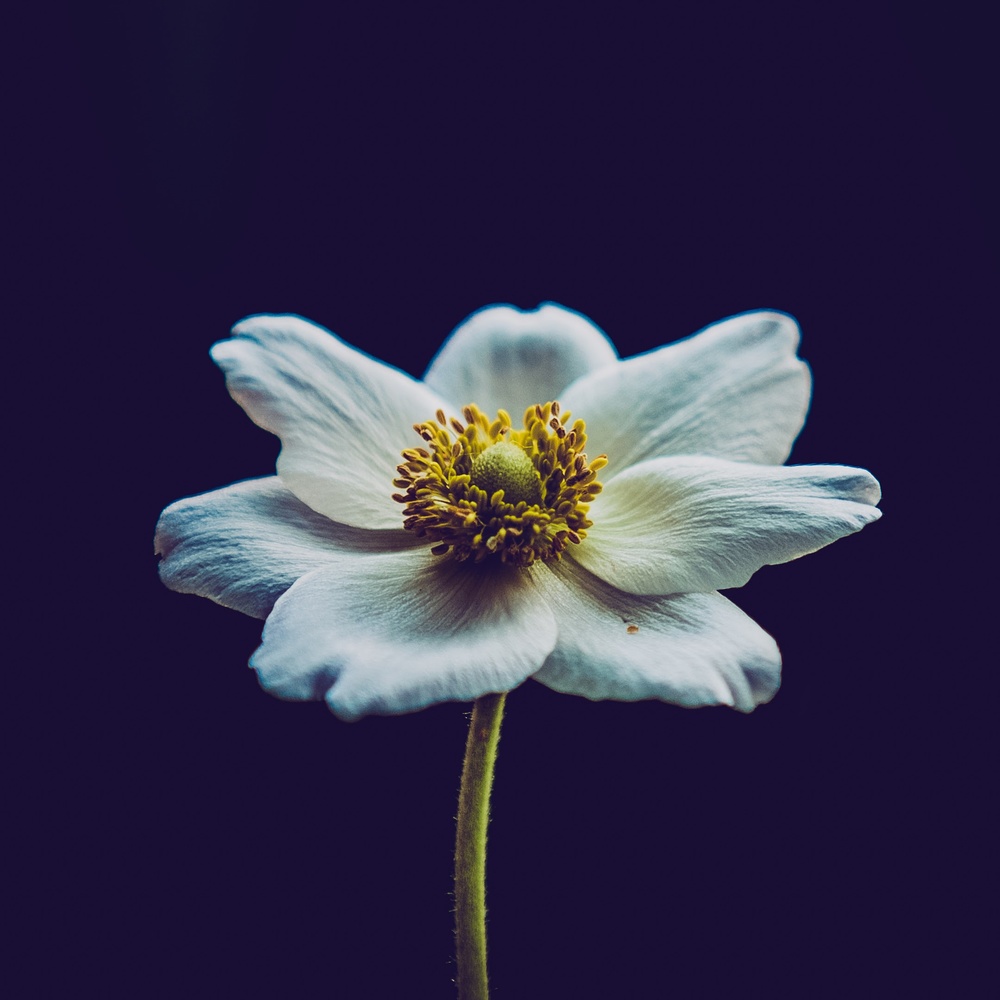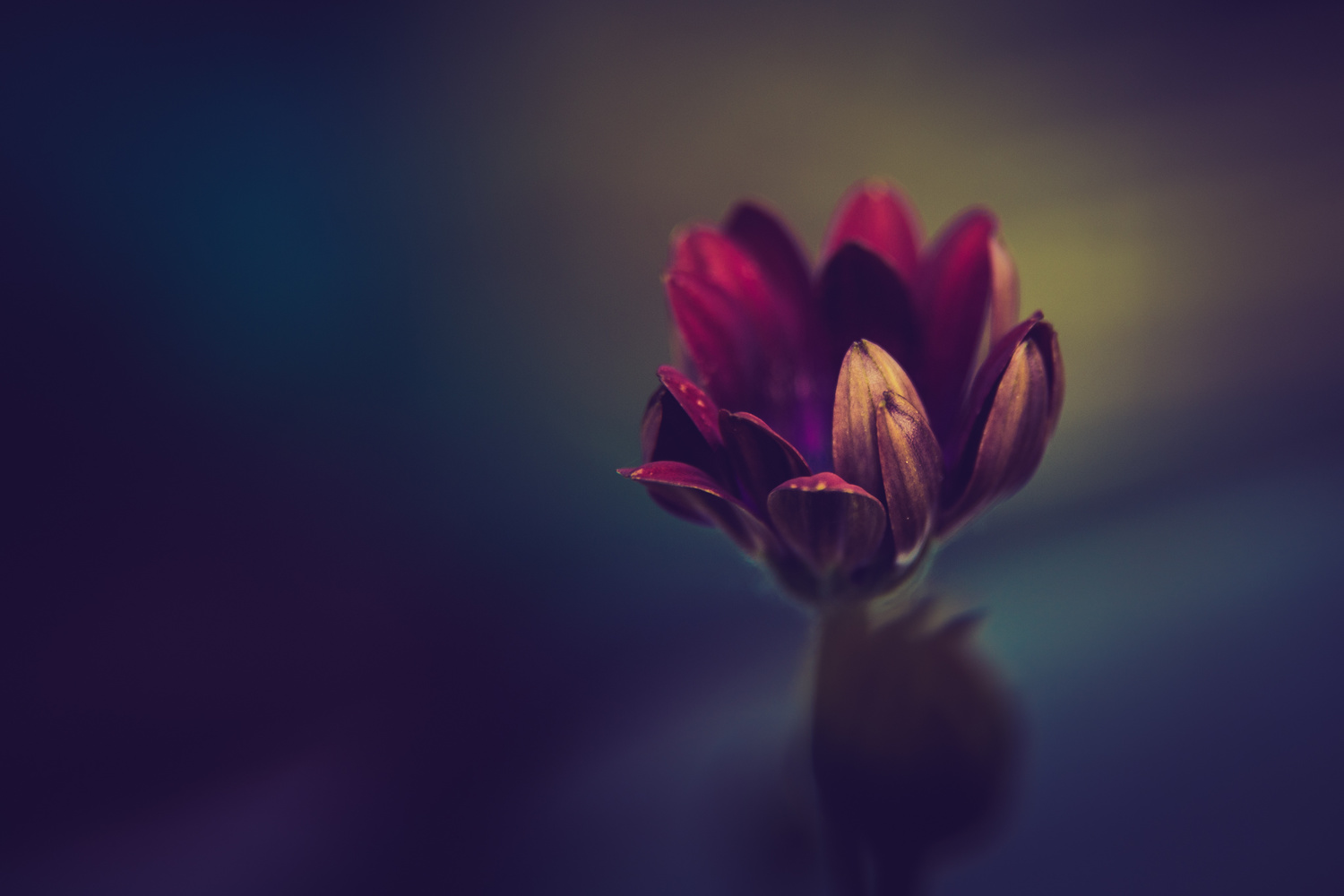Finding something to shoot can be tough sometimes. This is truer than ever with all the amazing examples of photography out there raising the bar every day of what is considered a good shot.
One way to remove any creative limitations you may face due to the location or availability of scenery is to zoom in. Way in. Find parts of the world that would be otherwise missed or ignored. This doesn't mean you don't need to think about light or composition. Just try to reduce the number of distractions in the image that take away from your chosen subject. This allows you to really tune in to what you found interesting enough to photograph in the first place.
Texture is a great thing to target when looking for something to capture. Things that have texture from age really draw me. The below photo is of a knot that was hanging on a tree out in the weather for years. It is a favorite of mine and has sold as a stock photo on a number of occasions, so there must be something to it.

Taking photos of the details around you will lead to a greater appreciation of the small things. It also helps teach you important skills like understanding minimum focal distances and how to predict good background bokeh. Don't limit yourself to what has been done or what you think should be done. Explore your surroundings beyond what you already know. Take something boring and give it life or something ugly and make it pretty. Giving yourself little challenges to find cool shots will help your overall creative thinking process. I know playing with the camera around the house and in the yard gave me a better feel for my gear and its overall capabilities.

Great light is often fleeting, so it is good to capture as much as you can when you get it. That being said, if you have a sunset and already captured the skyline and the clouds, start exploring around you, looking for how the light is illuminating objects that may photograph well. I did that in the below railing shot. It is simple, with repetitive circle shapes, rim light, and colors I love. I know for a fact that I wasn't taking shots like this early in my photography career, and when I got home with 100 copies of basically the same shot, there were only a few shots I'd actually share. Now, I end up with a lot more shots since variety is part of the goal.

Get out there and take photos of subjects in different ways than you're used to. Constantly feed your creative curiosity, even if it means stepping out of your comfort zone. I remember when I first took a photo of a flower. I knew I hated photos of flowers, but I wanted to make some cool ones. This was just the fresh outlook I needed. A bunch of trial and error lead to more practice until finally, I was proud of my flower photos.


Most of these shots weren't done by pointing the camera at a subject and pressing the shutter button. You have to do things like:
- Find where the light is coming from
- Explore different angles and points of view
- Move closer to or farther from the subject
- Adjust the exposure compensation if your metering isn't giving you the look you want
- Stage something in your background to add a splash of a certain color
If you embrace your camera's ability to capture the small, insignificant items we tend to not think of as photo-worthy, you should never feel limited by location, gear, or capabilities. In the end, do you really need another shot of the same mountain or building everyone has already seen from that perfect angle anyway? I say no. Capture what you have at your disposal and make something unique to you. If you actually go and try this, please come back and share the photos. Good luck.







Over the years of working in the commercial and documentary world I have found that there is so much beauty and creativity in "the little things". It is a form of meditation for me.
Great article Michael. Thanks for sharing it and your images.
I never thought about the meditation properties, but that makes sense. Thanks for reading and commenting. Appreciate the support!
Beautiful work.
Thanks very much!
I which all learning photography read great article that so true IMO as most of my subjects are little things that make a big picture .
A couple of quotes you are welcome to use as I often type them out when offering a newbie some old bloke tips .
There are thousands of subjects /photos inside every "big picture" .
Every photo taken ; no matter how unimportant , is camera /photography practice .
Practice on the easy unimportant (boring) subjects so the harder and important subjects are easy to record .
Train the eye to "notice" what others might only see (or not see); then the camera used becomes less important ..
Cheers